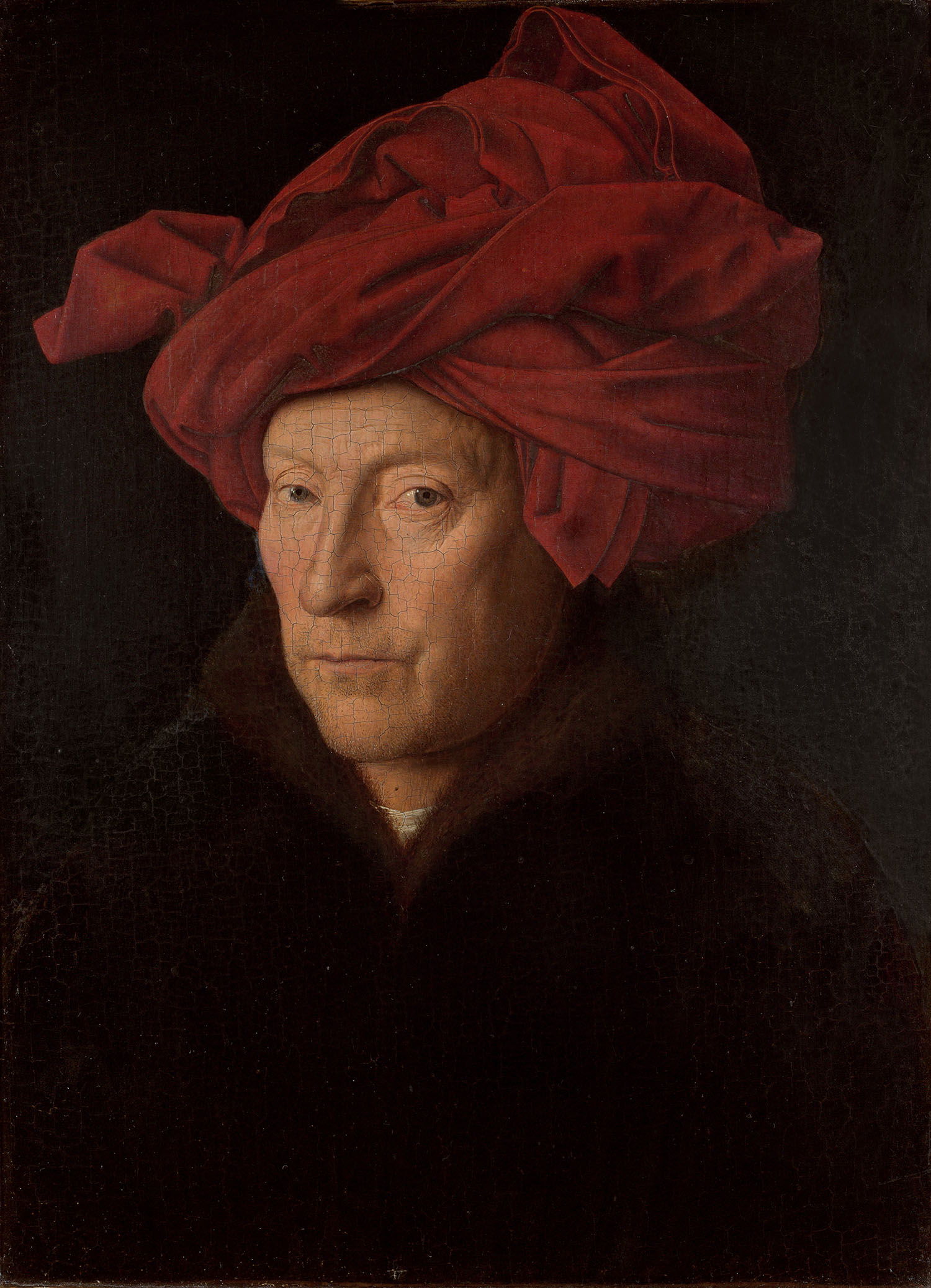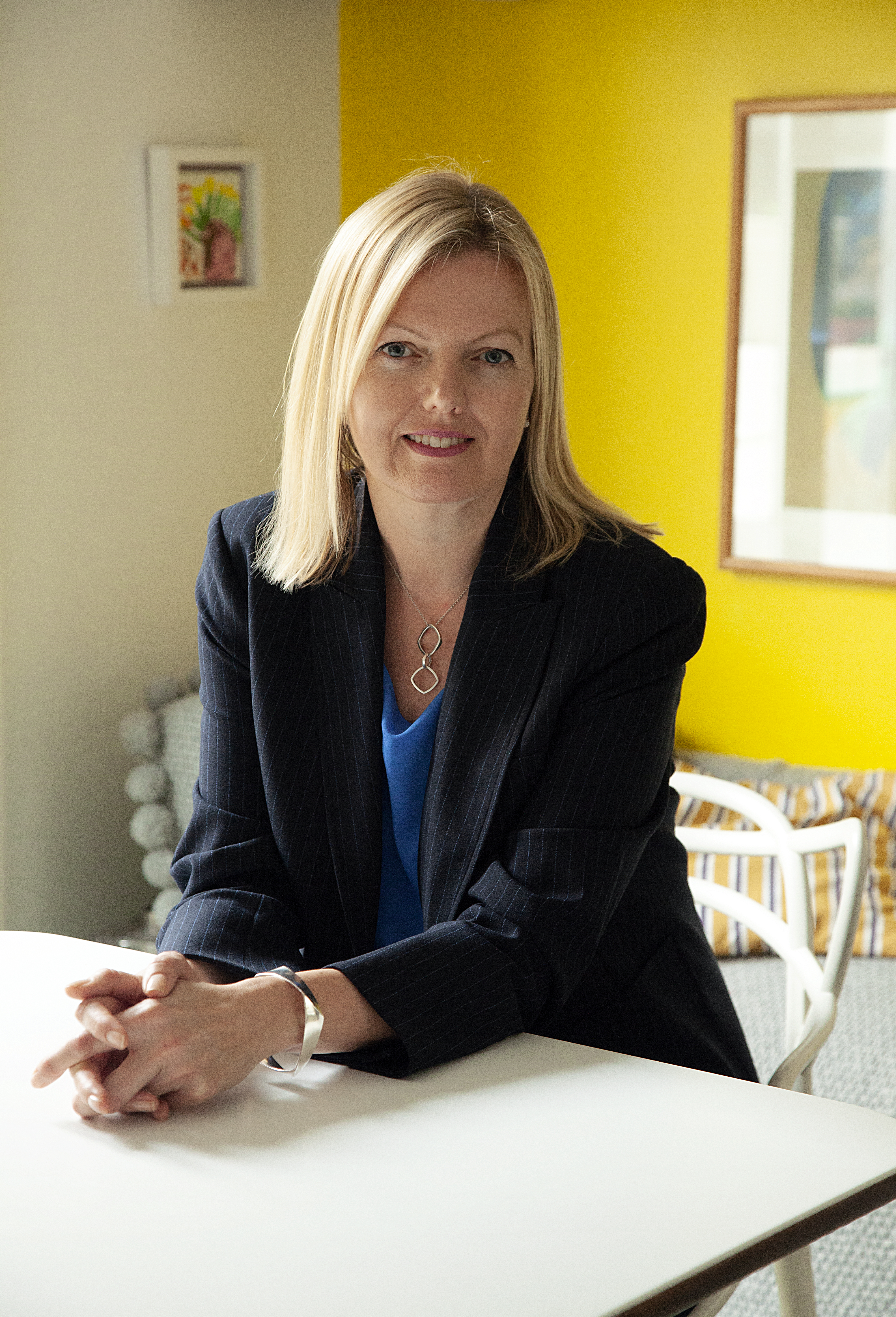My Favourite Painting: Nick Trend
The journalist and art historian Nick Trend chooses a striking Jan van Eyck portrait.


Nick Trend on 'Portrait of a Man' by Jan van Eyck
‘It was that strangely charismatic steely-eyed stare that caught my attention when I first spotted this picture in the National Gallery. Plus, of course, the colour drama of the turban, and the astonishing realism of the sitter’s face — the stubble around his lips, the subtle glint in his eyes. And then I discovered its deeper significance and I was totally captivated.
'Together with many, I believe that this was the first time since antiquity that an artist had painted their own reflection. Those eyes belong to Jan van Eyck, one of the greatest artists who ever lived. This picture captures the moment, 600 years ago, that he both invented, and simultaneously mastered, the art of the self-portrait.’
Nick Trend is the chief consumer and culture editor at The Telegraph and an art historian. His book Art Firsts: The Story of Art in 30 Pioneering Works is out now.
Charlotte Mullins comments on Portrait of a Man
Jan van Eyck's Portrait of a Man (Self-Portrait?) is one of the most magnificent heads of the Northern Renaissance. It is smaller than life size, but intensely detailed. The man wears a fur-trimmed robe and a red chaperon, a hat more usually seen with the hood and tail hanging down either side of the face. Van Eyck has painted these swathes of fabric piled up on top of the head instead, creating an intricate headdress that highlights his incredible skill at naturalistic modelling.
However, despite this flamboyant attire, we are drawn to the blue eyes beneath. They are bloodshot, with crow’s feet clustering at the edges, suggesting the man is in his forties. His straight nose leads to a thin pair of lips, tightly shut in concentration. Stubble flecks his chin and catches the light, whereas the left side of his face lies in shadow.
Van Eyck was a leading artist of the Northern Renaissance and, today, this tiny portrait is one of the star attractions of the National Gallery in London. Little is known of the artist’s early life, but, by 1431, he had settled in Bruges.
Many see this painting as a self-portrait; on the upper frame he has written ‘As I Can’ in trompe l’oeil carved Greek letters. Although van Eyck liked to include himself in cameo roles in other paintings (reflected in the mirror in his The Arnolfini Portrait, for example), he was not known for his self-portraits and the evidence that this is one remains tantalisingly inconclusive.
Exquisite houses, the beauty of Nature, and how to get the most from your life, straight to your inbox.

Charlotte Mullins is an art critic, writer and broadcaster. Her latest book, The Art Isles: A 15,000 year story of art in the British Isles, will be published by Yale University Press in October 2025.